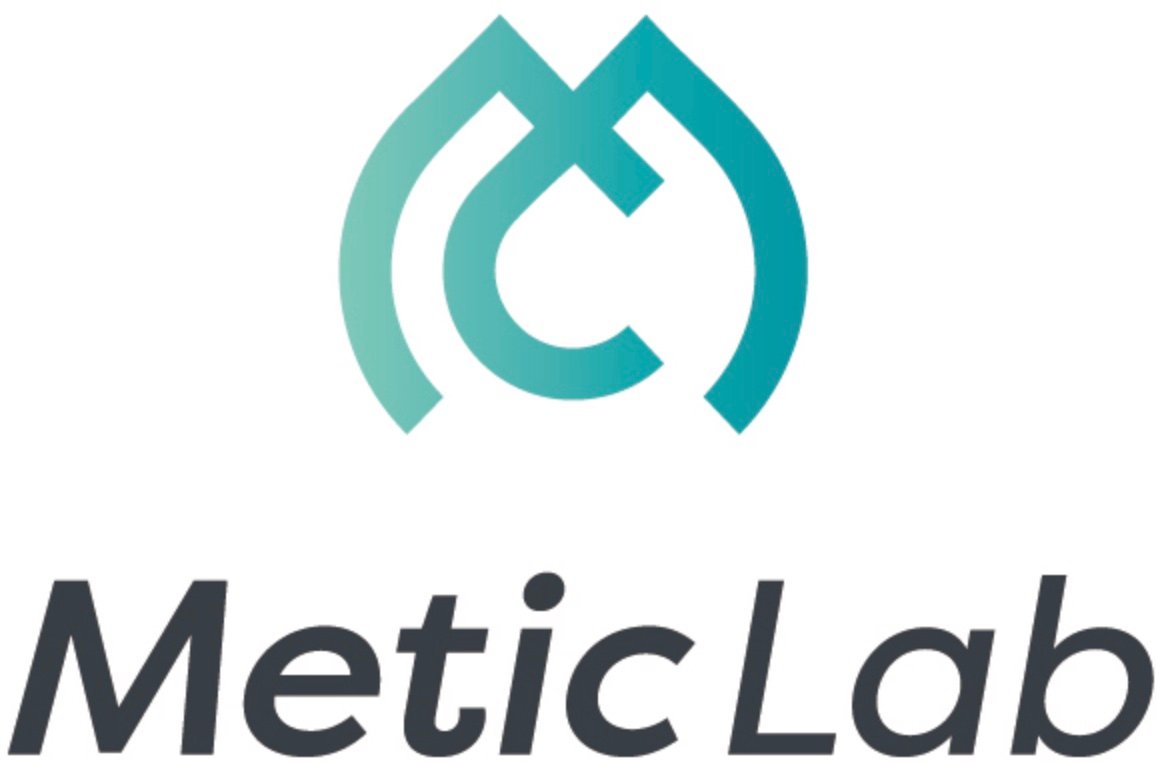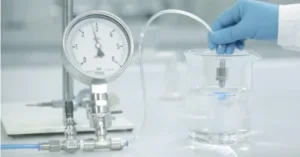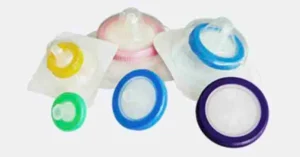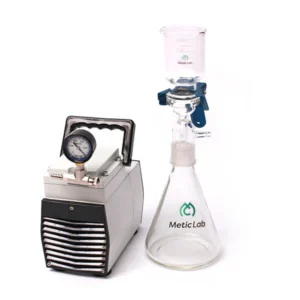
In today’s environment, rapid and simple sample preparation is a must. Our syringe filters are designed for higher flow rates and throughputs than those of competing products.
Syringe filter is a single-use filter cartridge from Wikipedia. It is attached to the end of a syringe for use. Syringe filters may have Luer lock fittings, though not universally so. The use of a needle is optional; where desired it may be fitted to the end of the syringe filter.
A syringe filter generally consists of a plastic housing with a membrane which serves as a filter. The fluid to be purified may be cleaned by drawing it up the syringe through the filter, or by forcing the unfiltered fluid out, through the filter.
In scientific applications, the most common sizes available are 0.2 or 0.22 µm and 0.45 µm pores. These sizes are sufficient for HPLC use. The smallest known sterile syringe micro filter have pore sizes of 0.02 µm. Membrane diameters of 13 mm, 25 mm and 30/33 mm are common as well.
The syringe filter body may be made of such materials as polypropylene and nylon. The filter membrane may be of PTFE, nylon, or other treated products for specific purposes. Most manufacturers publish compatibility wall charts advising users of compatibility between their products and organic solvents or corrosive liquids (e.g. trifluoroacetic acid). I have attached the National Scientific chart for your future reference.
Syringe filters may be used to remove particles from a sample, prior to analysis by HPLC. Particles easily damage an HPLC due to the narrow bore and high pressures within. Syringe filters are quite suitable for Schlenk line work, which makes extensive use of needles and syringes. Being relatively affordable, they may be used for general purpose filtration, especially of smaller volumes where losses by soaking up filter paper are significant.
In this blog we talk about the syringe filter from 7 different point to help you know this product better.
Bubble Point
The bubble point test is a non-destructive test; that does not contaminate the filter. It can be used to test the integrity of a membrane or filter so an alternative to destructive tests such as bacterial retention tests for sterilising membranes. The bubble point test detects minor filter defects and also out-of-size pores and correlates with the bacteria passage test.
An in-process bubble point test can detect damaged membranes, ineffective seals, system leaks and distinguish filter pore size. For an in process bubble test, pressure from a nitrogen source (at 0.4 bar) (stage 1) forces liquid from a pressure vessel to fully wet the membrane. Once the liquid has passed through the membrane, gas is in contact with the filter surface while the pores and downstream piping are still filled with water, as the gas pressure is below the bubble-point pressure. Increasing the pressure to the bubble point pressure will eventually displace the liquid from the pores.
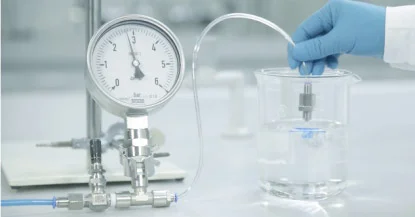
Syringe Filter Size
Syringe filters range in diameter from 4 mm to 50 mm. The larger the diameter, the more particles can be captured on the filter surface before it begins to block, leading to back pressure and the force that must be applied to the syringe plunger to extract the purified material.
The size of the syringe filter is up to the diameter of the membrane filter inside of it. There are 4 kind of main size in the market which are 4mm, 13mm, 25mm, 33mm. The diameter of the membrane also directly affects the amount of reagents that the filter can filter. Please refer to the information below to compare the amount of filtration solvent corresponding to the four membrane diameters.
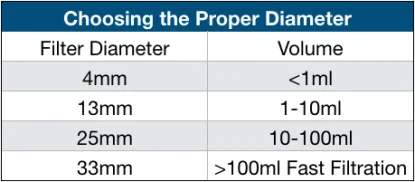
Pore Size
The pore size of the syringe filter is the size of the membranes pore. It is depend on the size of things you want to remove from the reagent. The followings is suggestions may help you to understand it better.
Use 0.2 μm membranes if you want to produce a sterile solution free of all free-living bacteria, or if you need to remove particles equal to or larger than 0.2 μm diameter.
Use 0.45 μm membranes if you want to remove most bacteria or particles equal to or larger than 0.45 μm diameter.
Use 0.8 μm membranes if you want to remove yeast, fungi and fungal spores or particles equal to or larger than 0.8 μm diameter.
Above are some popular pore size of syringe filter that we usually use. We can produce more size to fit your special requirement. From 0.1μm to 5μm is our product range up to different material.
Sterilization
There are two main way to give the syringe filter the sterilization. Ethylene oxide sterilization and gamma irradiation sterilization. I will show you a simple introduction of these two sterilization method.
Ethylene oxide sterilization is a chemical process consisting of four primary variables: gas concentration, humidity, temperature and time. EO is an alkylating agent that disrupts the DNA of microorganisms, which prevents them from reproducing. The EO penetrates the breathable packaging and sterilizes all accessible surfaces of the product to render products sterile by alkylation of proteins essential for cell reproduction.
The radioisotope cobalt 60 is the energy source for use in gamma irradiation sterilization with the irradiation process taking place in a specially designed cell. A key characteristic of gamma irradiation is the high penetration capability. This enables moderately dense or sealed products to be processed with relative ease and facilitates treatment of palletized product. The unit of absorbed dose is kiloGray, expressed as kGy. The absorbed dose is determined by product density, pack size, dose rate, exposure time and to some degree by plant design.
We offer an extensive assortment of sterile syringe filters which are in stock and ready to be shipped today. They are designed for multiple applications in food analysis, biological solutions, and environmental samples. Processing with gamma irradiation is ideal for our types of materials. A sterilization report will be provided to you.
Material
Cellulose Acetate (CA)
Cellulose acetate is a very low protein binding membrane that is ideal for aqueous based samples and biological samples. It is a lower protein binder than either polyethersulphone or PVDF membranes, but has a lower chemical resistance than regenerated cellulose (RC). CA is a strong membrane mechanically and hydrophilic
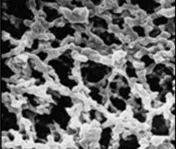
Glass fiber (GF)
Glass Microfibre filters should be used as a pre-filter for samples with a high particulate content. GMF membranes are available with a higher pore size than other membranes and is tolerant to most solvents.

NYLON (NY)
Nylon membrane has high strong mechanical strength, chemical stability, can be tolerated by most organic solvents, extremely low in extractables, good thermal stability (up to 50°C), natural hydrophilic and the majority of water solution filter characteristics. It more often applied to the common organic solvent HPLC mobile phase filtering
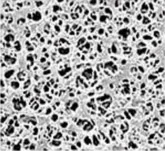
Polyethersulphone (PES)
Polyethersulphone is a hydrophilic membrane that has very low protein binding and high flow characteristics. It is also certified for ion chromatography. Polyethersulphone is more heat resistant than most membranes, and can be used to 100C
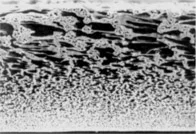
Polyethersulphone (PES)
Polyethersulphone is a hydrophilic membrane that has very low protein binding and high flow characteristics. It is also certified for ion chromatography. Polyethersulphone is more heat resistant than most membranes, and can be used to 100C
